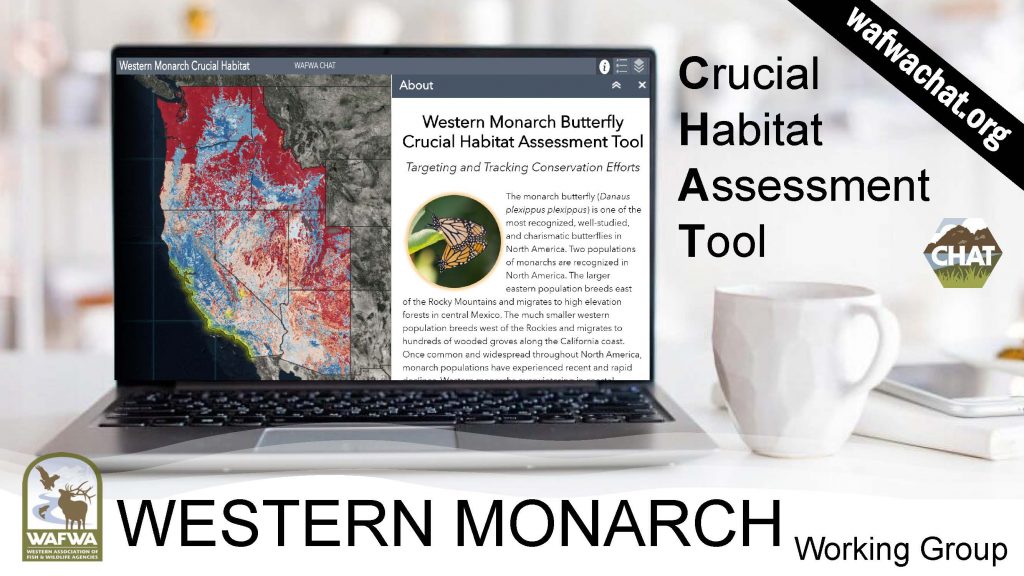The Western Monarch & Native Insect Pollinator Working Group (WMNIP) was established by the WAFWA President and directors in 2017 to proactively lead a multi-state cooperative effort for conservation of the western monarch population. In 2022, this group renamed from Western Monarch Working Group to Western Monarch & Native Insect Pollinator Working Group to include other native pollinators.

Monarchs complete a fascinating, annual, multi-generational migration, returning to the same overwintering sites each fall and staying there through the winter until the next breeding season.

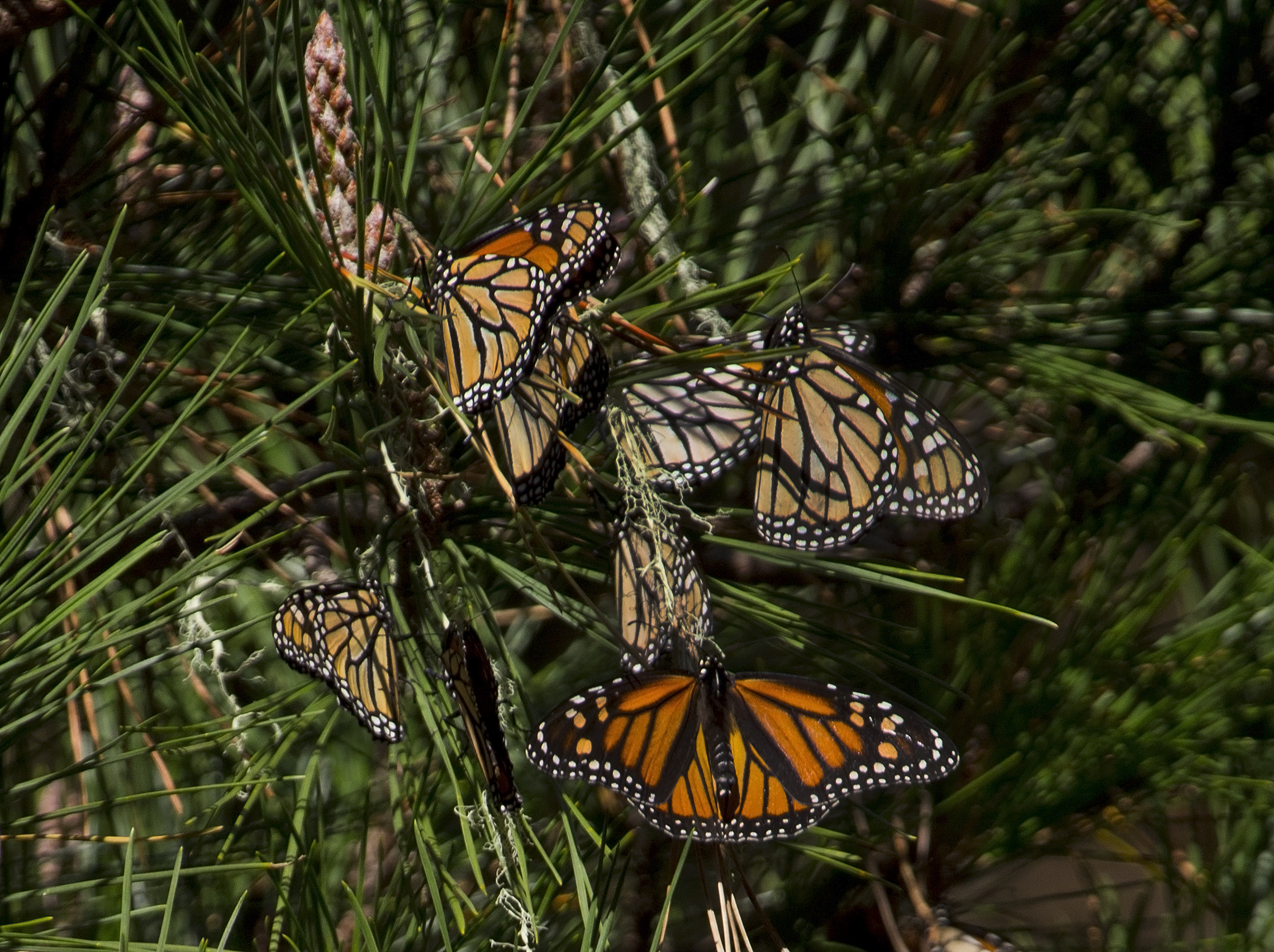

Monarchs use a variety of different habitats to complete their lifecycle, including patches of milkweed for breeding, nectar plants for migration, and coastal groves of trees for overwintering.

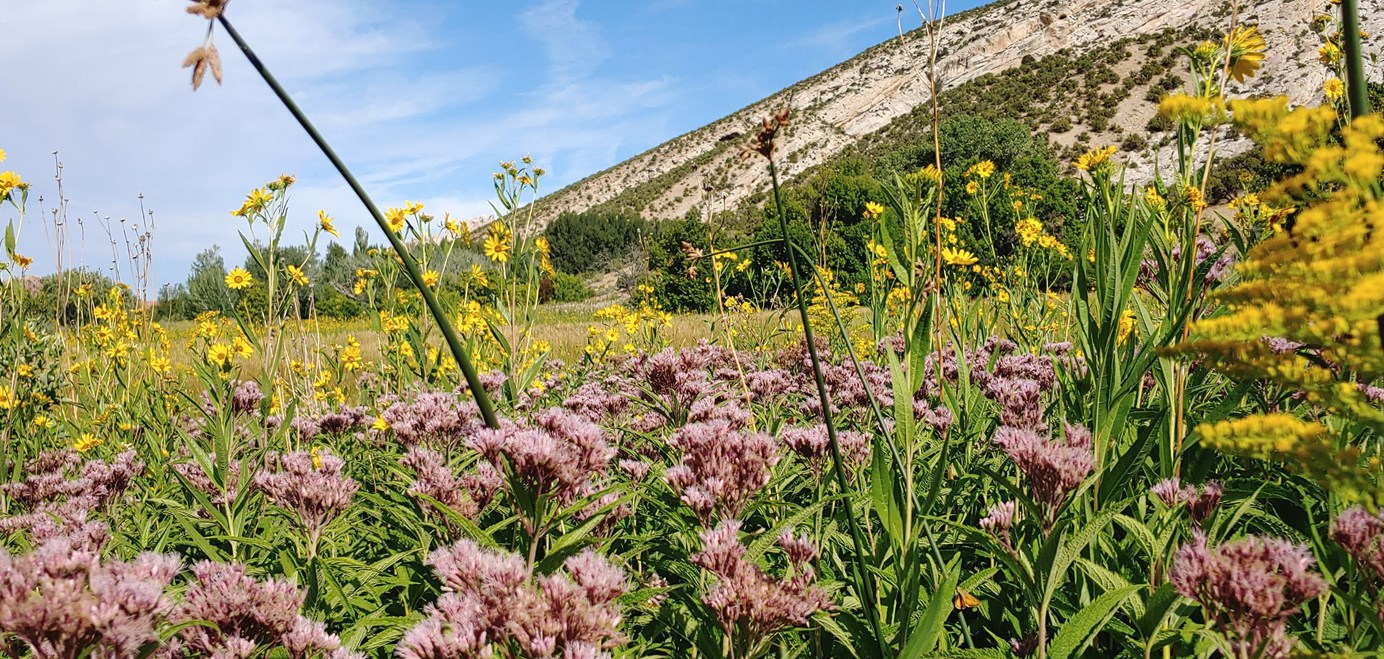


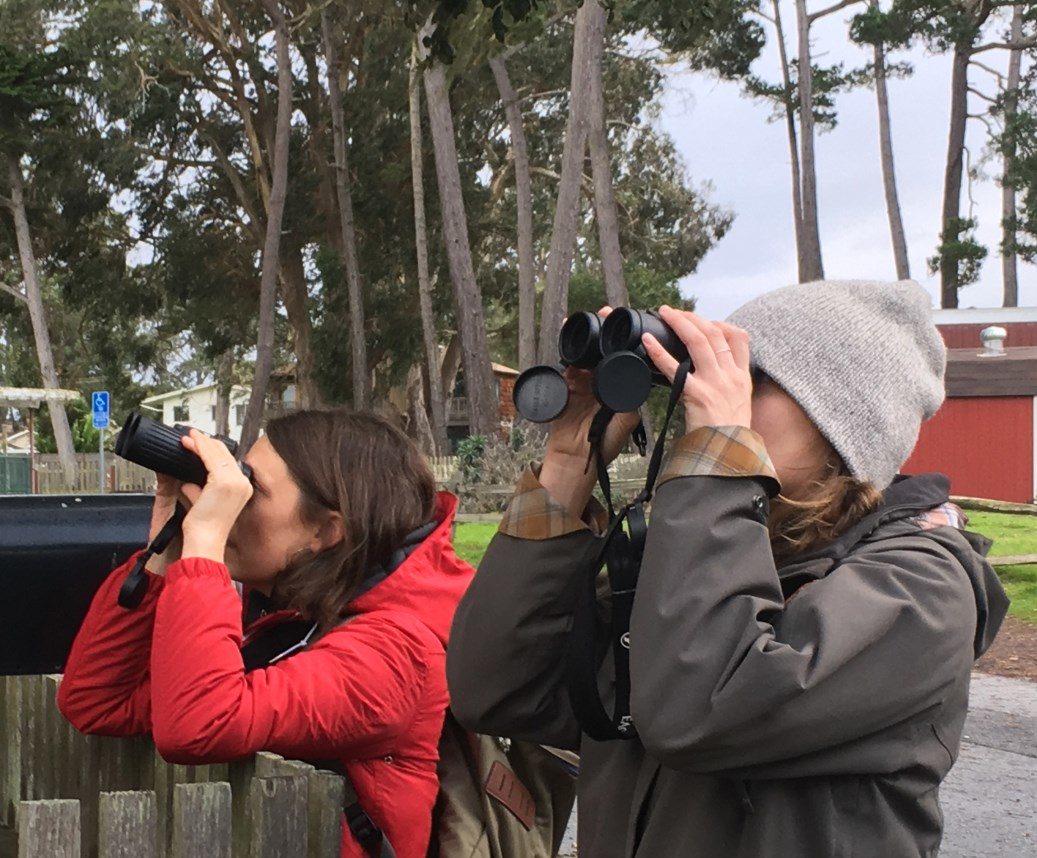

This approach is not currently recommended by conservation experts because of the potential impacts it may have on the health and natural distribution of the wild monarch population.

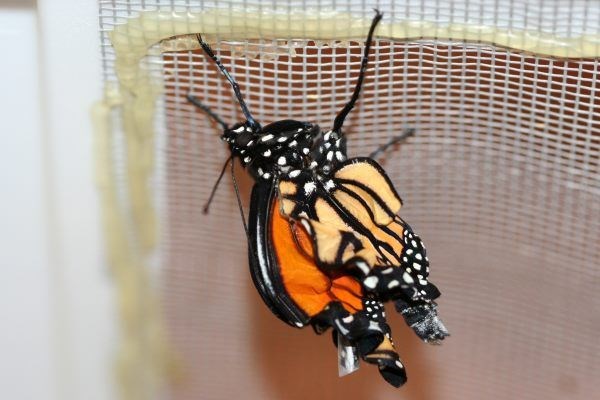

The WAFWA Western Monarch Conservation Plan outlines the multiple interacting factors that are thought to have caused the dramatic, recent fluctuations in the western monarch population.

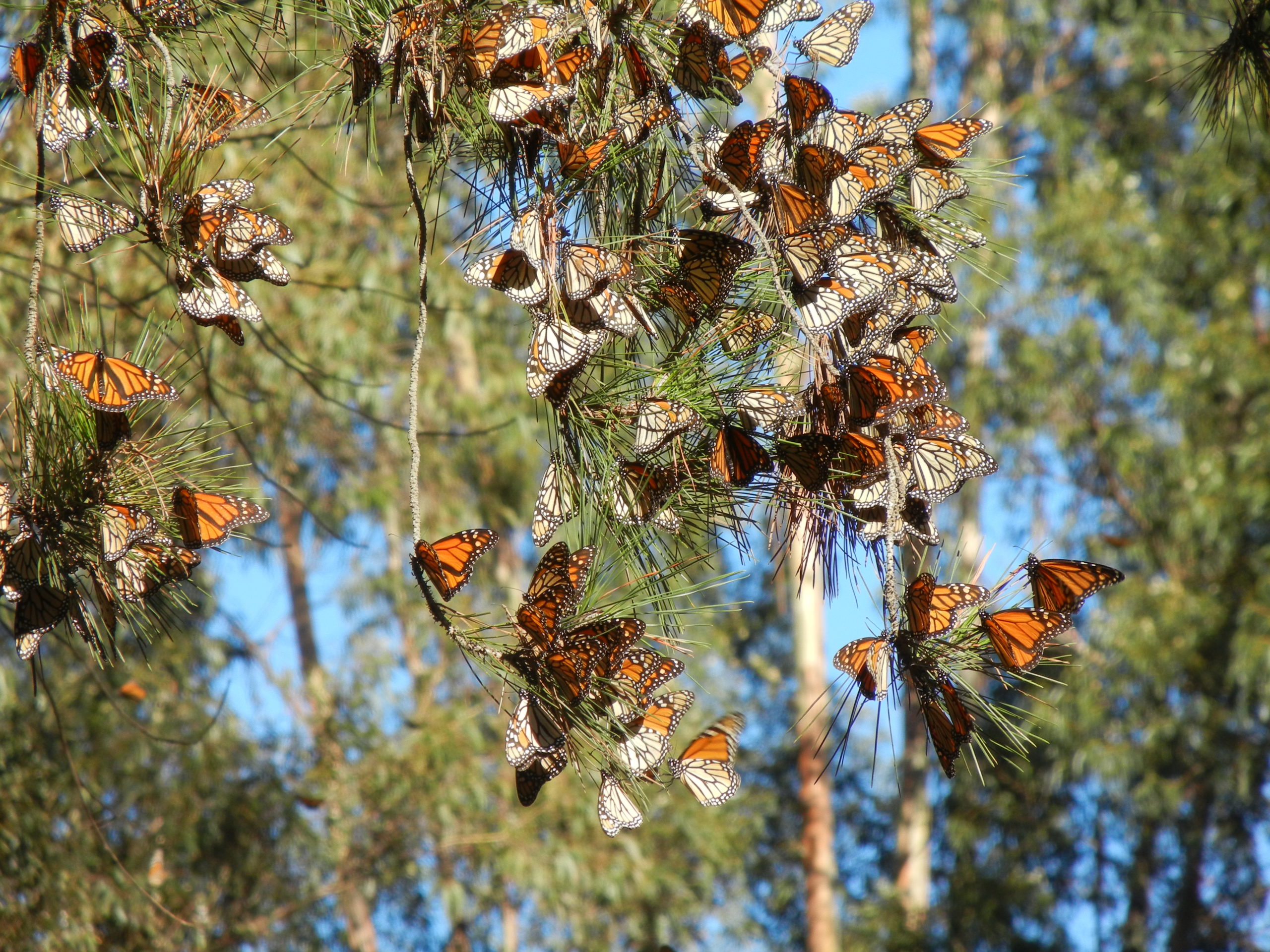
NEW
2023-2026 Work Plan
2023-2026 Work Plan
The goal and purpose of the WAFWA WMNIP working group is to identify and prioritize voluntary strategies and actions with landscape-level benefits to declining populations of insect pollinators. In particular, the 2023 Work Plan aims to benefit wide-ranging species through multistate and agency coordination, to facilitate species recoveries and thereby preclude the need for federal listing actions.
This work plan provides WAFWA WMNIP working group state members and partners with a near-term (less than 3 years) direction and strategies for identifying shared priorities, best management practices, and partnership opportunities to facilitate voluntary conservation actions for at-risk, native insect pollinators and their habitat.
Western Monarch Butterfly Conservation Plan, 2019–2069
Western monarch butterfly conservation plan, 2019–2069
Concurrent with the status review, the U.S. Fish and Wildlife Service and the Western Association of Fish and Wildlife Agencies (WAFWA) have actively promoted collaborative efforts across state, organizational, and landownership boundaries to address threats and opportunities facing monarchs and other pollinators. This document, The Western Monarch Butterfly Conservation Plan, is intended to articulate and attain WAFWA’s vision to identify and promote a shared set of coordinated, ecosystem-based conservation strategies across all partner agencies to achieve the vision of a viable western monarch population. VIEW
CONSERVATION TOOLS
Conservation Recommendations
Under the Section 7(a)(1) of the Endangered Species Act of 1973 (ESA), conservation recommendations are discretionary activities that an action agency may undertake to avoid and minimize the adverse effects of a proposed action, implement recovery plans, or to develop information that is useful for the conservation of listed species. The purpose of the following conservation recommendations is to encourage federal agencies to incorporate monarch butterflies into their Environmental Assessments and Biological Assessments associated with Section 7 Biological Opinions, when in consultation with the U.S. Fish & Wildlife Service. These recommendations are organized by habitat zone, so that they may be cut/paste, as applicable and contingent upon project location. There is potential utility for these recommendations beyond Section 7, and they are intended to promote benefits for other pollinators as well.
- Western Monarch Conservation Recommendations, Feb 2023 (PDF, 1.24 MB) – Revised
- Western Monarch Conservation Recommendations, Oct 2021 (PDF, 844 KB) – Revised
- Overwintering Grove Management Plan Template, Oct 2019 (DOCX, 29 KB)
- More to come! Please check back later.
Western Monarch Crucial Habitat Assessment Tool
Under the Western Monarch Butterfly Conservation Plan, the western landscape was geospatially evaluated and ranked according to its potential to provide monarch habitat. These Monarch Crucial Habitat Assessment Tool (Monarch CHAT) rankings, in combination with other information, are used to inform and strategically target conservation efforts to help preserve and improve monarch habitat across the western United States. View the Monarch CHAT.
Recorded Webinar Series
Monarch Research and Restoration Highlights: Collaborations in the West
This recorded webinar from July 23th, 2024 where Dr. Hillary Sardiñas covers examples of Monarch research and restoration efforts across the West with a focus on how the WAFWA 50-year Western Monarch Conservation Plan is helping guide conservation action.
The button below will take you to the Monarch Joint Venture page where this and other related resources are housed.
Western Pollinator Conservation 2022
Interested in how you can help with native bumble bee and western monarch butterfly conservation?
This recorded webinar from May 4th, 2022 covers the status of bumble bees of concern and western monarchs, how to use apps to report field observations of pollinators, and where to find the best reference materials to guide you in the field. This webinar is relevant for federal and state employees based in Washington, Oregon, Idaho, California, Nevada, Arizona, or Utah. View Announcement.
Monarch Conservation Webinar Series 2020
The Monarch Conservation Webinar series is a collaborative effort between Monarch Joint Venture Partners and the U.S. Fish and Wildlife Service’s National Conservation Training Center. To access the recorded series and learn more, please visit: https://monarchjointventure.org/resources/monarch-webinar-series
Western Monarch & Native Insect Pollinator Working Group Publications
View all publications developed by the WAFWA Western Monarch & Native Insect Pollinator Working Group.
About. To help the monarch recover back to historic levels, state fish and wildlife agencies along with public and private partners need to work together to continue taking actions across the monarch’s western range. The Western Association of Fish and Wildlife Agencies developed a 50-year Western Monarch Conservation Plan to guide conservation efforts. Learn more about the actions you can take to preserve the monarch migration, support monarch health, ameliorate threats, and contribute data that guides recovery efforts.
Statement of Purpose
“To identify and promote unified, ecosystem-based management approaches at the landscape-level for the western population of the monarch butterfly (Danaus plexippus plexippus), and pollinators in general, across all partner agencies and interested partners.“
Related Events
| Event | Type | Date | Location |
|---|---|---|---|
| Out West: Western Monarch Conservation Efforts - Overwintering Habitat | Workshop | August 20, 2020 - August 20, 2020 | Webinar |
| Out West: Western Monarch Conservation Efforts - Breeding and Migratory Habitat | Workshop | July 16, 2020 - July 16, 2020 | Webinar |
| Out West: Western Monarch Conservation Efforts - Policy Update | Workshop | June 18, 2020 - June 18, 2020 | Webinar |

